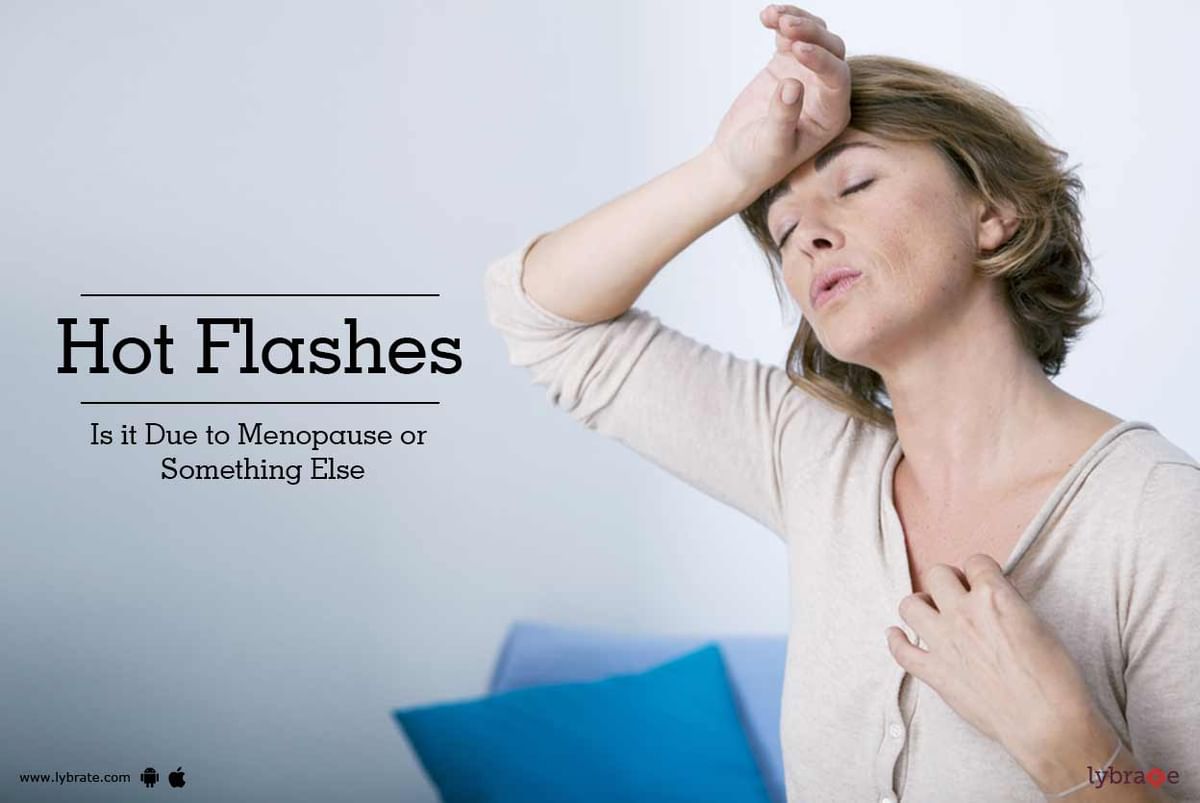Postmenopausal hot flushes, a common and often distressing experience, significantly impact the quality of life for many women. This comprehensive guide delves into the physiological mechanisms, prevalence, and severity of hot flushes, exploring effective management strategies and their potential long-term implications.
Hot flushes are characterized by sudden sensations of heat, often accompanied by sweating, flushing, and a rapid heart rate. They can occur several times a day or night, disrupting sleep, daily activities, and overall well-being.
Understanding Postmenopausal Hot Flushes
Postmenopausal hot flushes, also known as vasomotor symptoms, are a common experience among women transitioning through menopause. These sudden sensations of heat, often accompanied by sweating, blushing, and a rapid heartbeat, can significantly impact a woman’s quality of life.
Physiological Mechanisms
The primary physiological mechanism underlying hot flushes is the decline in estrogen levels during menopause. Estrogen plays a crucial role in regulating the body’s thermoregulation, influencing the dilation and constriction of blood vessels in the skin. As estrogen levels drop, the body becomes more sensitive to minor temperature changes, leading to the characteristic symptoms of hot flushes.
Prevalence and Severity
Hot flushes affect approximately 75% of postmenopausal women, with varying degrees of severity. While some women experience only mild and infrequent episodes, others may have severe and debilitating symptoms that interfere with daily activities, sleep, and overall well-being.
Management Strategies for Hot Flushes: Postmenopausal Hot Flushes
Management of hot flushes involves a combination of pharmacological and non-pharmacological interventions. Pharmacological treatments include hormone replacement therapy (HRT) and selective serotonin reuptake inhibitors (SSRIs), while non-pharmacological interventions encompass lifestyle modifications and cognitive-behavioral therapy.
Check good strength training workouts to inspect complete evaluations and testimonials from users.
Pharmacological Treatments
Hormone replacement therapy (HRT) is the most effective pharmacological treatment for hot flushes. It involves administering estrogen, with or without progestin, to alleviate vasomotor symptoms. However, HRT is associated with potential risks, including increased risk of breast cancer, cardiovascular disease, and stroke, so it should be prescribed and monitored carefully.
Selective serotonin reuptake inhibitors (SSRIs) are antidepressants that have been shown to be effective in reducing hot flushes. They work by increasing the levels of serotonin in the brain, which helps regulate body temperature and mood.
Non-Pharmacological Interventions
Lifestyle modifications can help manage hot flushes by reducing their frequency and severity. These modifications include:
- Maintaining a healthy weight
- Exercising regularly
- Avoiding caffeine and alcohol
- Dressing in layers to facilitate temperature regulation
- Using cooling techniques, such as applying cold packs or taking cool showers
Cognitive-behavioral therapy (CBT) is a type of psychotherapy that can help women cope with the psychological and emotional effects of hot flushes. CBT teaches women to identify and change negative thoughts and behaviors that may be contributing to their hot flushes.
Impact of Hot Flushes on Quality of Life
Hot flushes, a common symptom of menopause, can significantly impact a woman’s quality of life. These sudden feelings of heat, often accompanied by sweating, can disrupt sleep, affect mood, and interfere with daily activities.
One of the most significant impacts of hot flushes is on sleep. Women experiencing hot flushes often report difficulty falling and staying asleep due to the sudden onset of heat and sweating. This sleep disruption can lead to fatigue, irritability, and impaired cognitive function.
Investigate the pros of accepting best treatment for hot flushes in your business strategies.
Mood and Emotional Well-being, Postmenopausal hot flushes
Hot flushes can also have a negative impact on mood and emotional well-being. The hormonal changes associated with menopause can lead to irritability, mood swings, and even depression. Hot flushes can exacerbate these emotional symptoms, making it difficult for women to cope with daily stressors.
Social and Daily Activities
Hot flushes can also interfere with social and daily activities. The unpredictable nature of hot flushes can make it difficult to plan activities or participate in social events. Women may avoid social situations out of fear of experiencing a hot flush, leading to feelings of isolation and loneliness.
Furthermore, hot flushes can disrupt daily activities, such as work, household chores, and exercise. The sudden onset of heat and sweating can make it difficult to concentrate, perform physical tasks, or simply enjoy leisure activities.
For descriptions on additional topics like diy solar panel kits canada, please visit the available diy solar panel kits canada.
Long-Term Implications of Hot Flushes
Hot flushes, while a common symptom of menopause, can have severe and long-lasting effects on a woman’s health. Persistent or severe hot flushes may indicate an increased risk of developing certain health conditions later in life.
Bone Health
Hot flushes can accelerate bone loss, increasing the risk of osteoporosis and fractures. The hormonal changes associated with menopause lead to decreased estrogen levels, which is essential for maintaining bone density. As a result, women experiencing frequent or severe hot flushes may have reduced bone mineral density, making them more susceptible to bone-related complications.
Discover how cross fitness workout has transformed methods in RELATED FIELD.
Cardiovascular Health
Hot flushes have also been linked to an increased risk of cardiovascular disease. The sudden dilation of blood vessels during a hot flush can put strain on the heart and increase blood pressure. Over time, this can contribute to the development of hypertension, heart disease, and stroke.
Overall Mortality
Studies have shown that women who experience severe or persistent hot flushes have a higher risk of all-cause mortality compared to those who do not. The exact mechanisms behind this association are still being investigated, but it is believed that the increased cardiovascular and bone health risks associated with hot flushes may play a role.
Current Research and Future Directions
Ongoing research aims to further elucidate the complex mechanisms underlying hot flushes and develop more effective and personalized treatment strategies. Researchers are exploring the role of various factors, including genetics, hormonal changes, and neurotransmitters, in the development and severity of hot flushes.
Promising Areas of Research
- Investigating the role of the hypothalamus:The hypothalamus is a brain region involved in temperature regulation. Research suggests that dysfunction in the hypothalamus may contribute to hot flushes.
- Exploring the effects of diet and lifestyle:Certain dietary patterns, such as the Mediterranean diet, and lifestyle factors, such as exercise and stress management, have shown promise in reducing hot flush severity.
- Developing novel pharmacological treatments:Researchers are investigating new drug therapies that target specific mechanisms involved in hot flushes, such as serotonin reuptake inhibitors (SSRIs) and selective estrogen receptor modulators (SERMs).
- Personalized medicine approaches:Identifying individual risk factors and tailoring treatment plans based on genetic and lifestyle factors can improve treatment outcomes.
Closure
Managing hot flushes involves a multifaceted approach, including lifestyle modifications, cognitive-behavioral therapy, and pharmacological interventions such as hormone replacement therapy and selective serotonin reuptake inhibitors (SSRIs). Understanding the potential long-term health risks associated with severe or persistent hot flushes is crucial for informed decision-making and timely intervention.
Ongoing research continues to shed light on the causes and treatment of hot flushes, offering hope for improved management and symptom relief. By empowering women with knowledge and effective strategies, we can mitigate the impact of hot flushes and enhance their overall quality of life during this transitional phase.
Key Questions Answered
What are the main causes of hot flushes?
Hot flushes are primarily caused by hormonal changes during menopause, specifically the decline in estrogen levels.
How long do hot flushes typically last?
The duration of hot flushes varies, but they typically last for a few minutes to several hours.
Are hot flushes a sign of a more serious medical condition?
While hot flushes are usually not a sign of a serious medical condition, they can be associated with certain health issues, such as thyroid problems or cardiovascular disease. It’s important to consult a healthcare professional if you have severe or persistent hot flushes.


